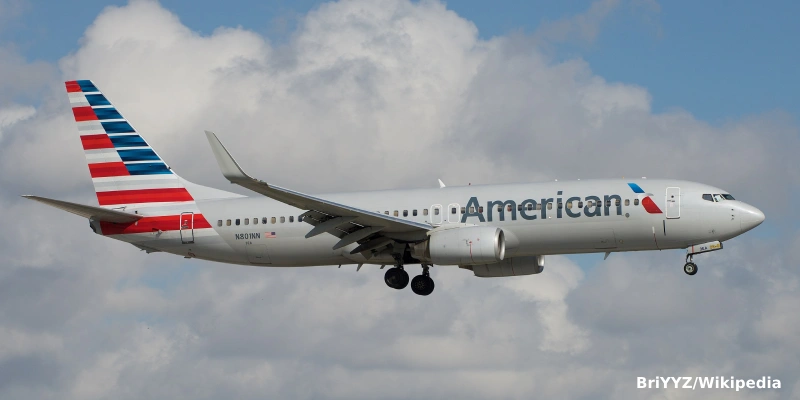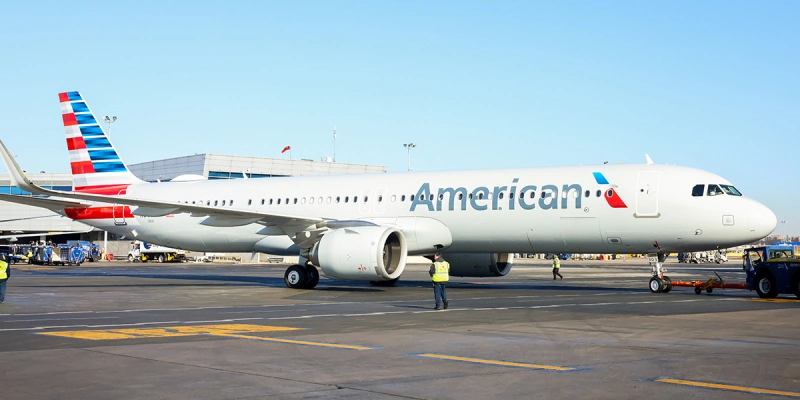Thanks to the technical cooperation offered by the Government of Korea and the Inter-American Development Bank (IDB), Colombia’s secondary airports will have the possibility of receiving an investment of close to U$250,000, aimed at establishing policies and strategies to improve financing and management mechanisms at regional airports throughout the national territory.
This vision and development policy for national airports seeks to generate a methodology that allows categorizing and prioritizing investments in air terminals, maintaining public financing mechanisms in the short and medium term, ensuring a true airport planning system that favors regional air connectivity.
→ JetSmart receives approval to begin process as domestic airline in Colombia
To arrive at this technical document of international cooperation with the Government of Korea, the IDB, the National Planning Department (DNP) and the Civil Aeronautics, a study was carried out to determine that almost 90% of the country’s regional or secondary airports, led by the municipalities and departments, do not have clear physical, operational, technical and financial mechanisms for airport management as a center of economic development for the regions.
Despite the fact that Colombia has a solid airport infrastructure network, “the country faces several challenges in the air transportation sector, which are the lack of planning and financing instruments and tools to prioritize investments in airport infrastructure at public airports and the limited connection with remote regions,” said Sergio París Mendoza, Director General of Civil Aeronautics, who added that, “with this boost, regional aeronautics must be strengthened and the capacity of expert aviation personnel at the local level must be increased.”
The Civil Aeronautics is committed to evaluate financing mechanisms for social airports, promote education and training of airport officials on regulatory issues, undertake the formulation of an administrative structure for airfields, establish a data collection system on cargo and passenger movement, implement a unified open public database, and carry out airport categorization to encourage investment and economic growth in the communities.
This 11-month project will allow for the exchange of information, documenting the scope of work and future plans for Colombia’s social and regional airport development.
Related Topics
American Airlines Launches Seasonal Route Between Chicago and Querétaro for Year-End High Season
American Airlines Debuts Airbus A321XLR on Transcontinental Route Between New York and Los Angeles
Delta Expands Delta One Check-In Spaces Across All Its U.S. Hubs
Spirit Airlines Celebrates Holiday Season with Special Livery

Un apasionado por la aviación, Fundador y CEO de Aviación al Día.




